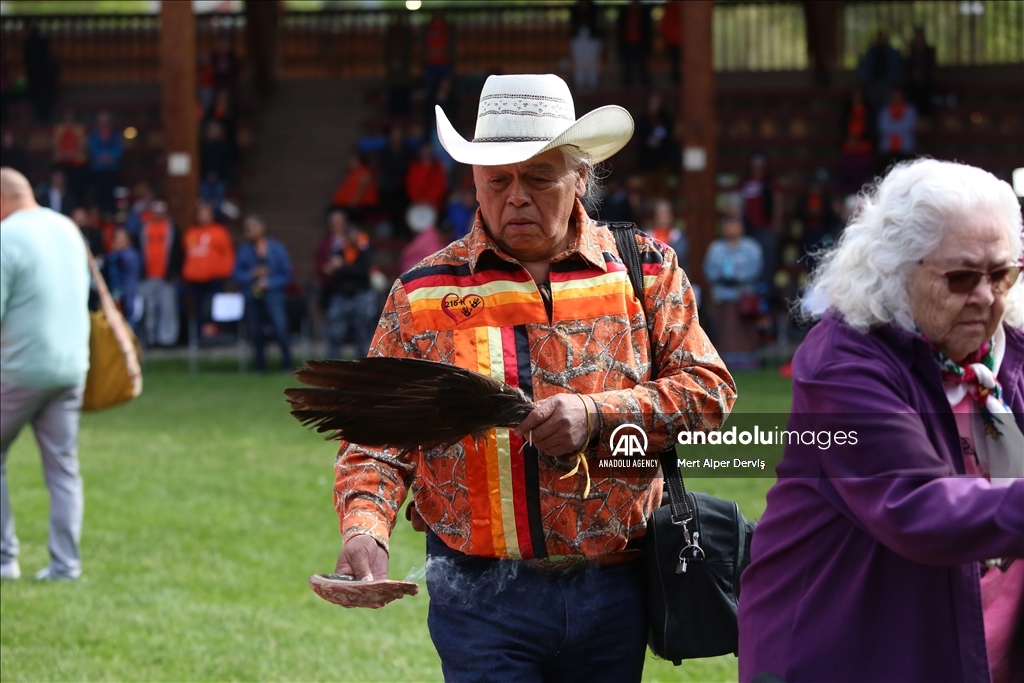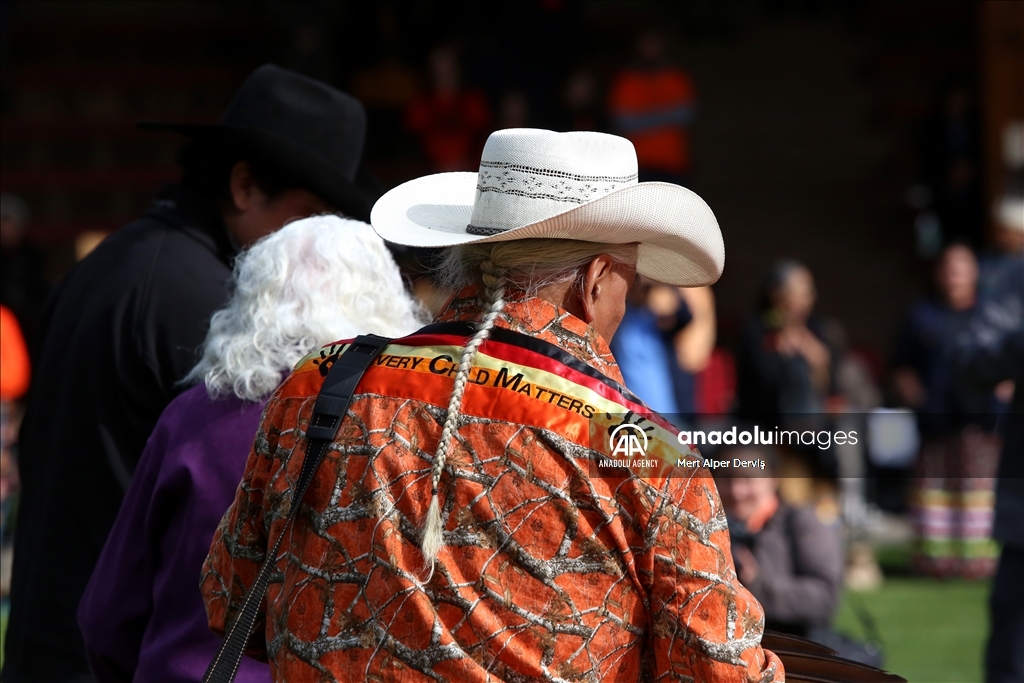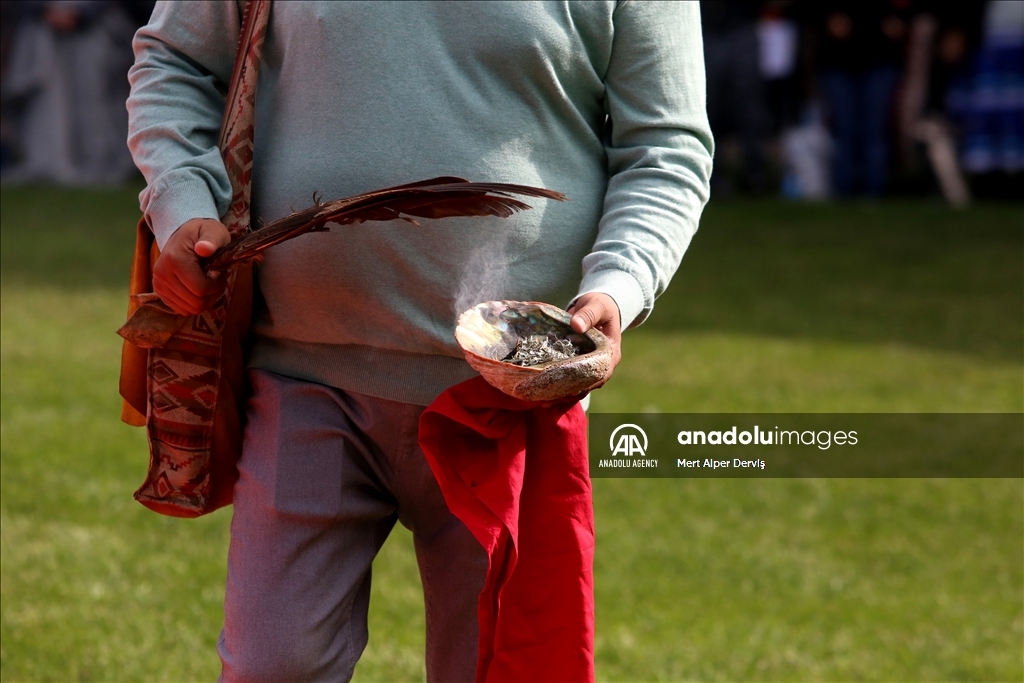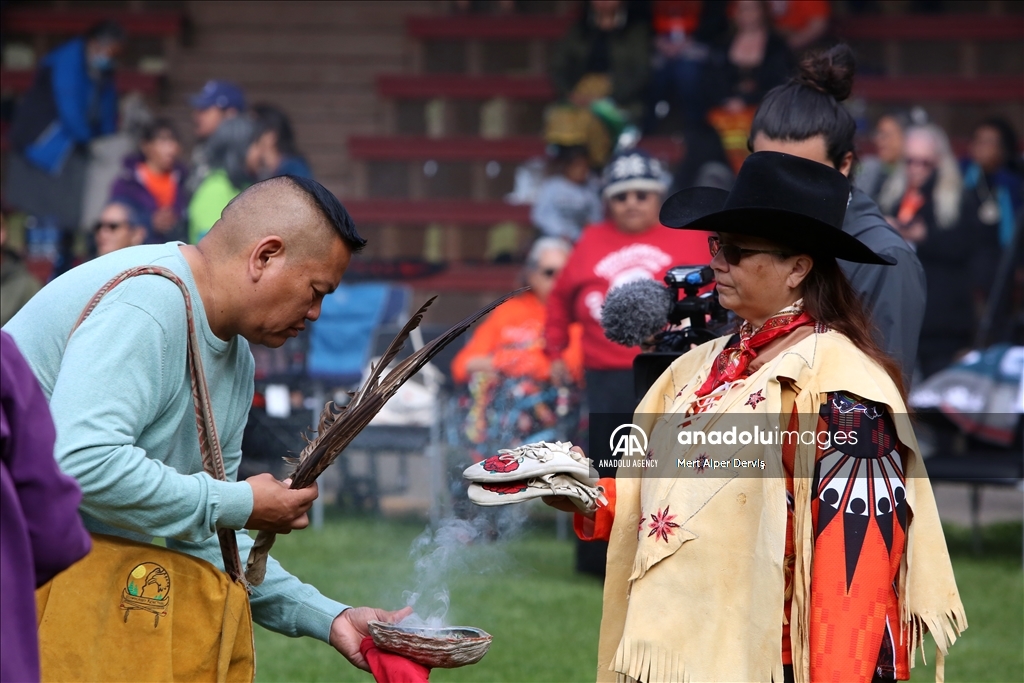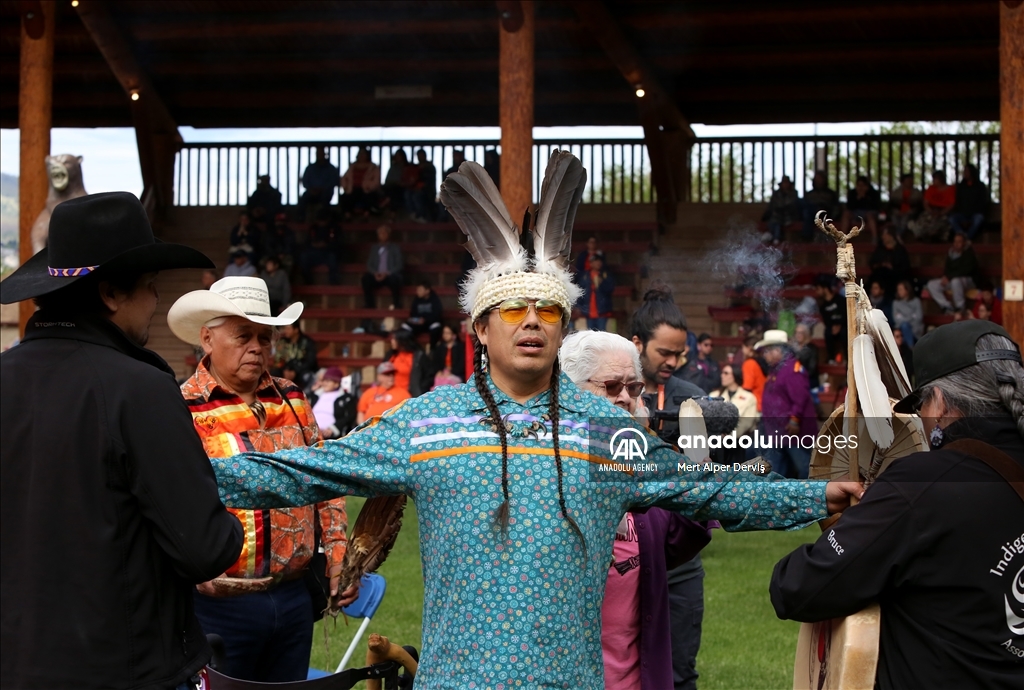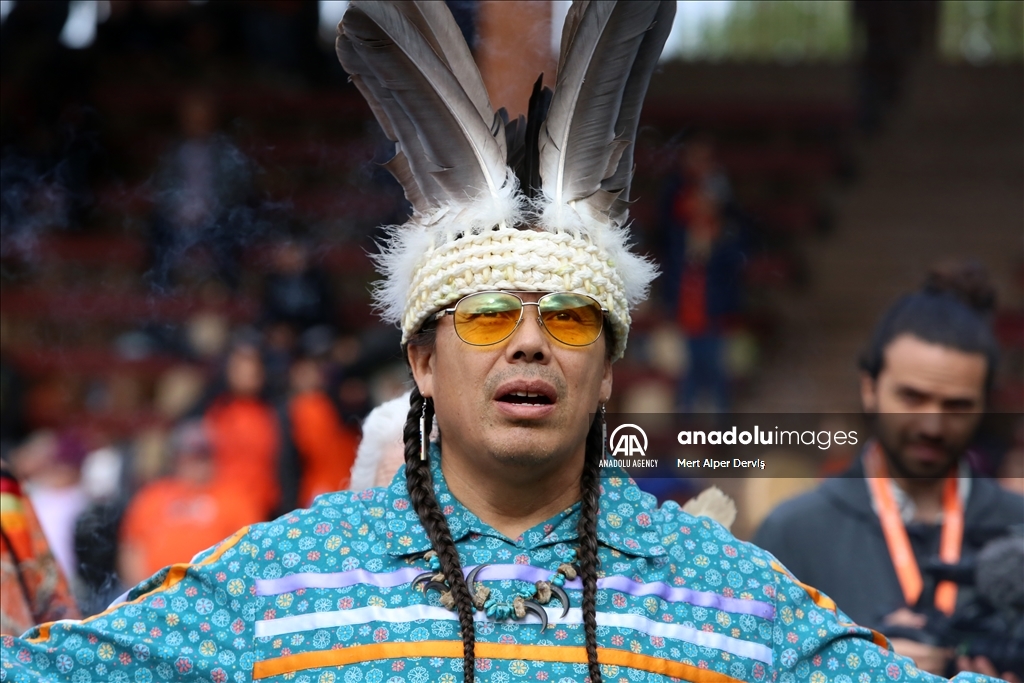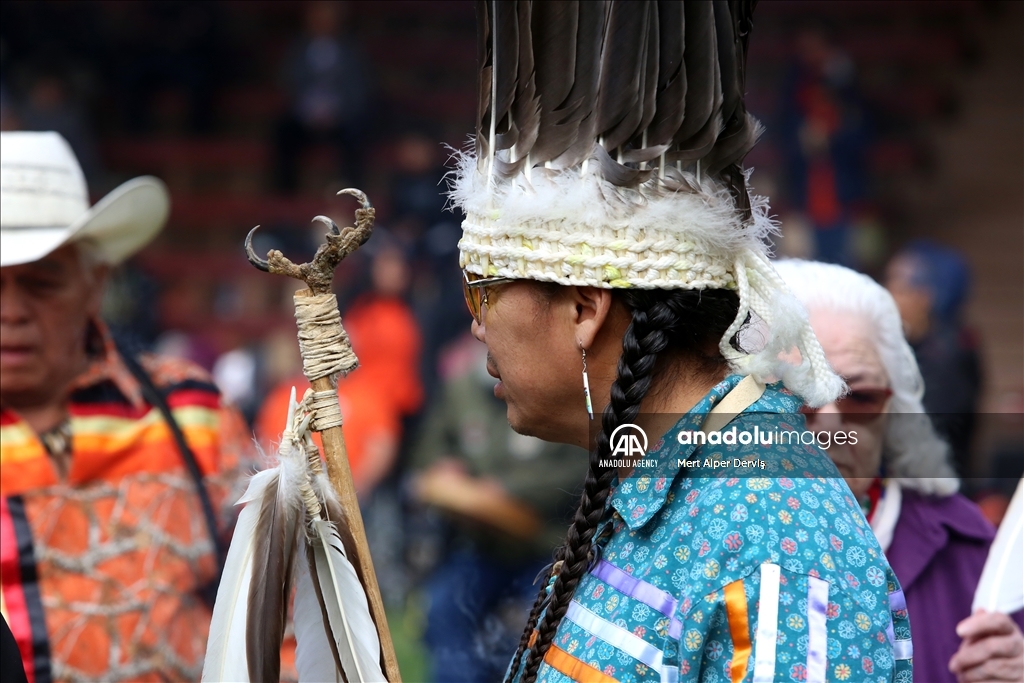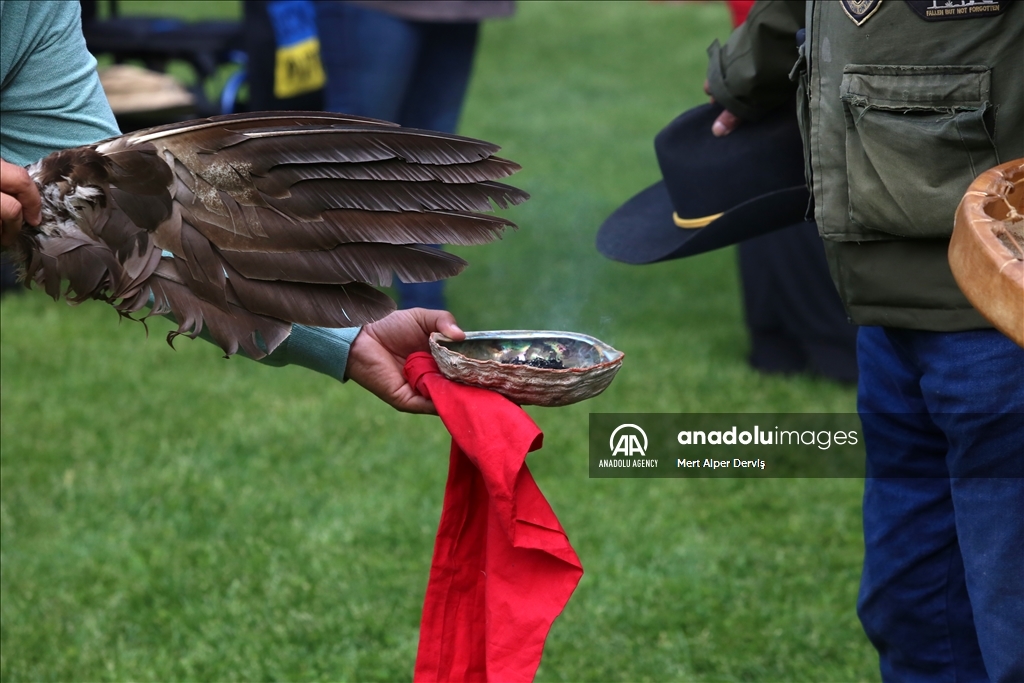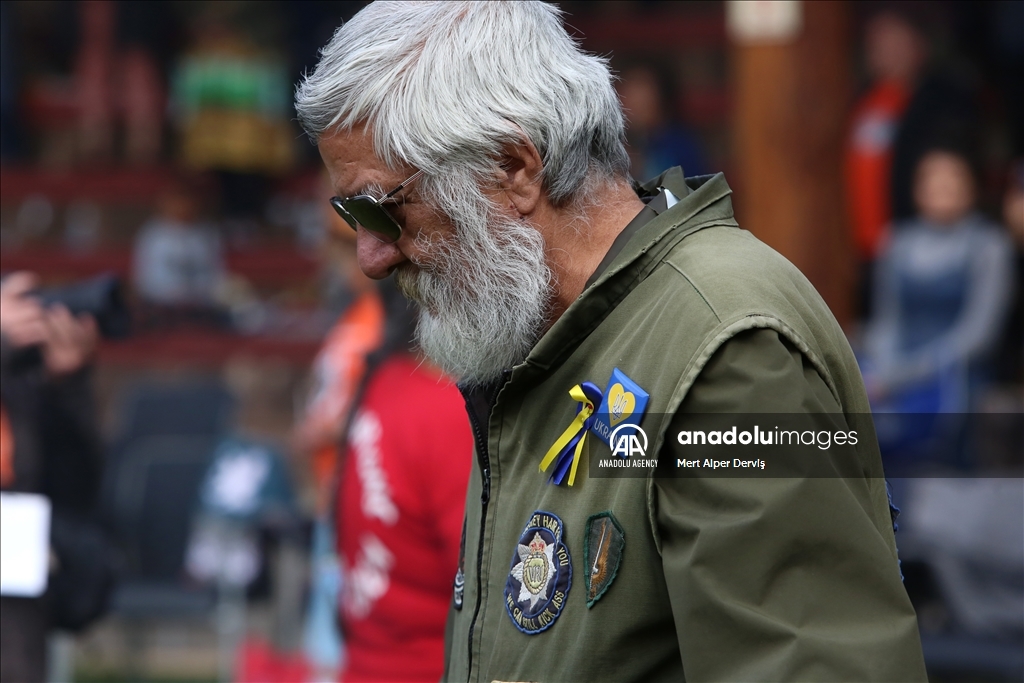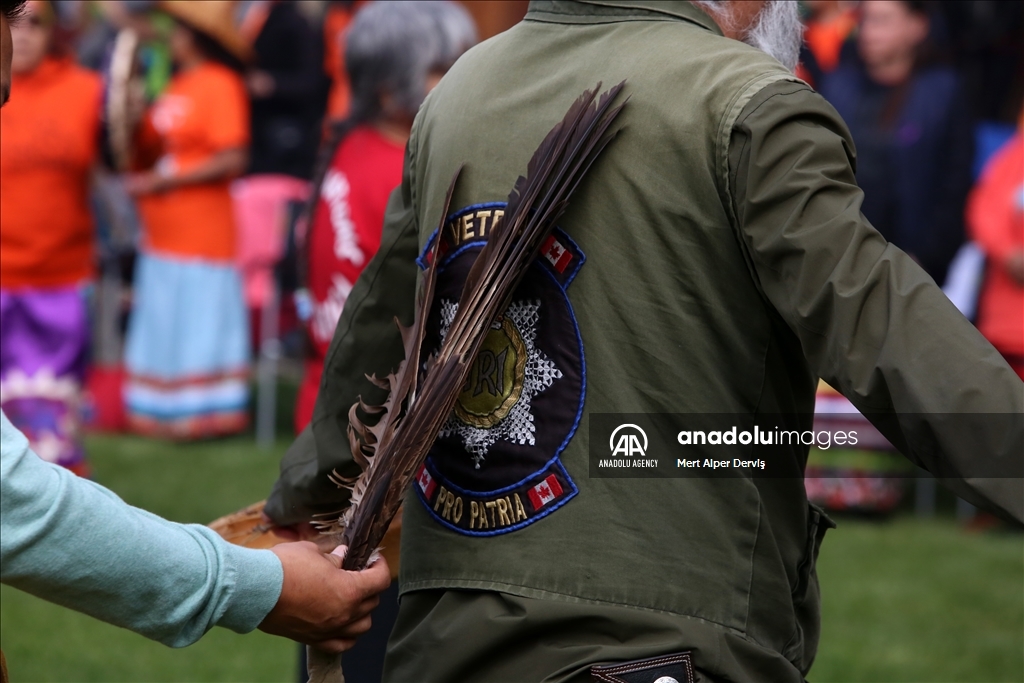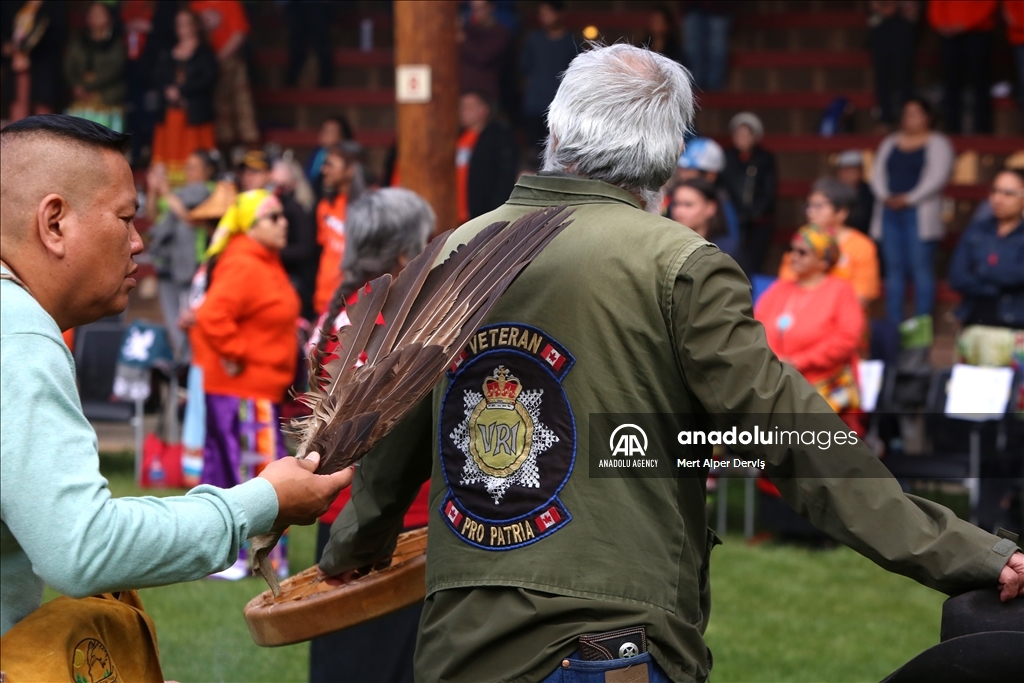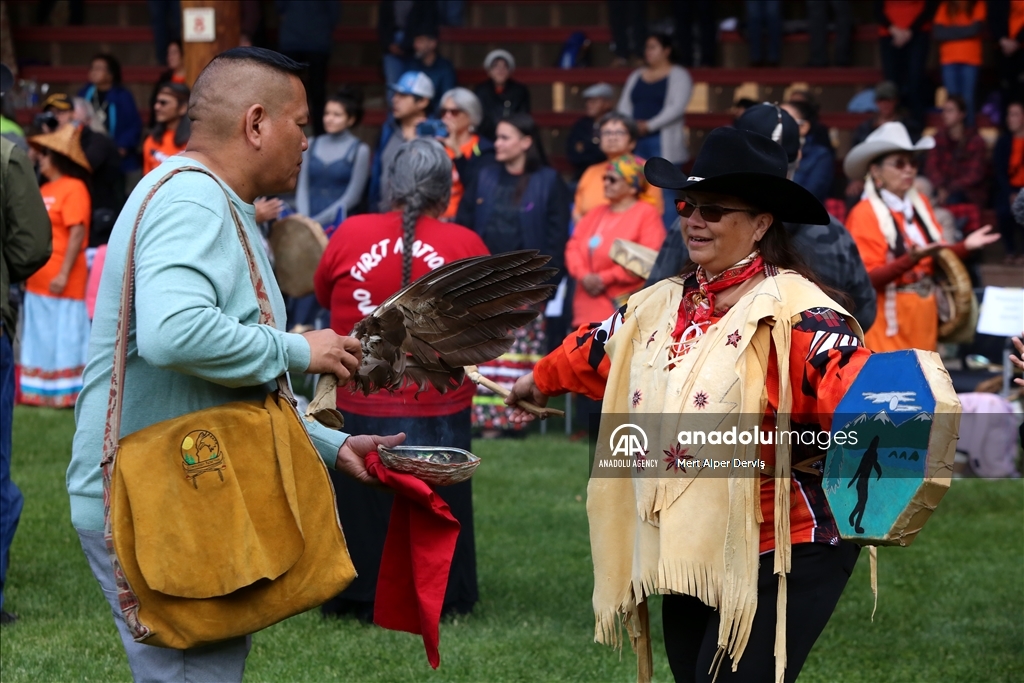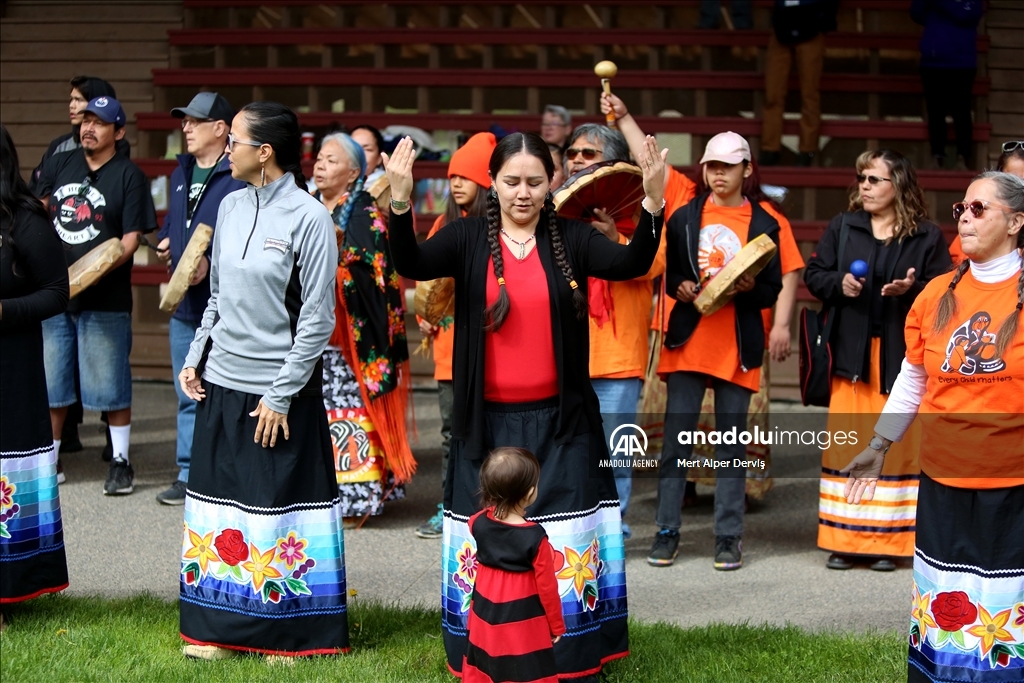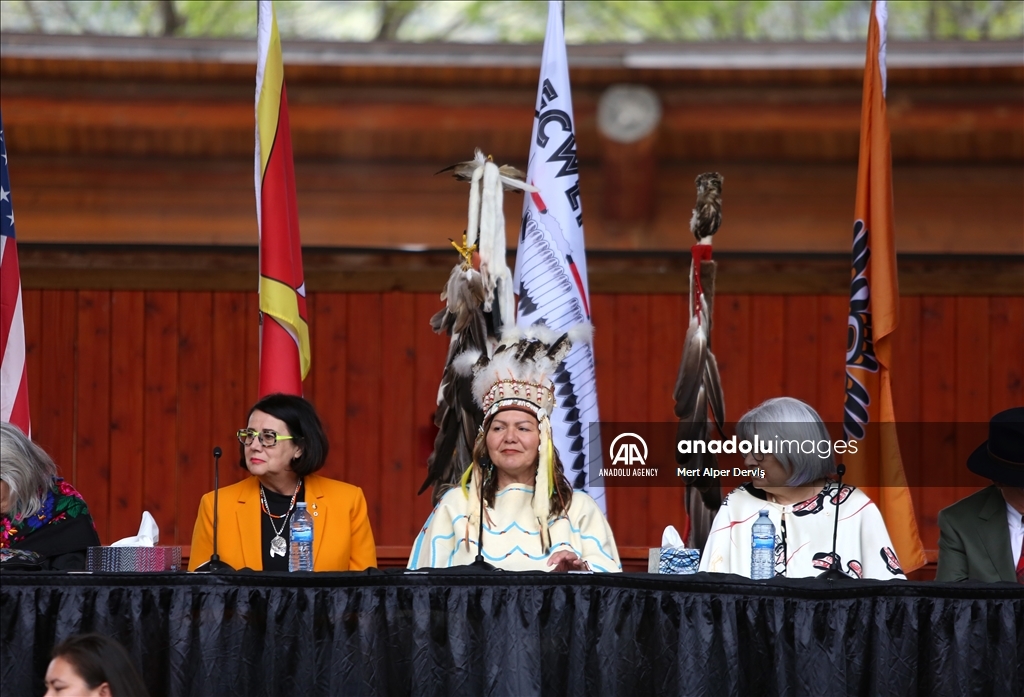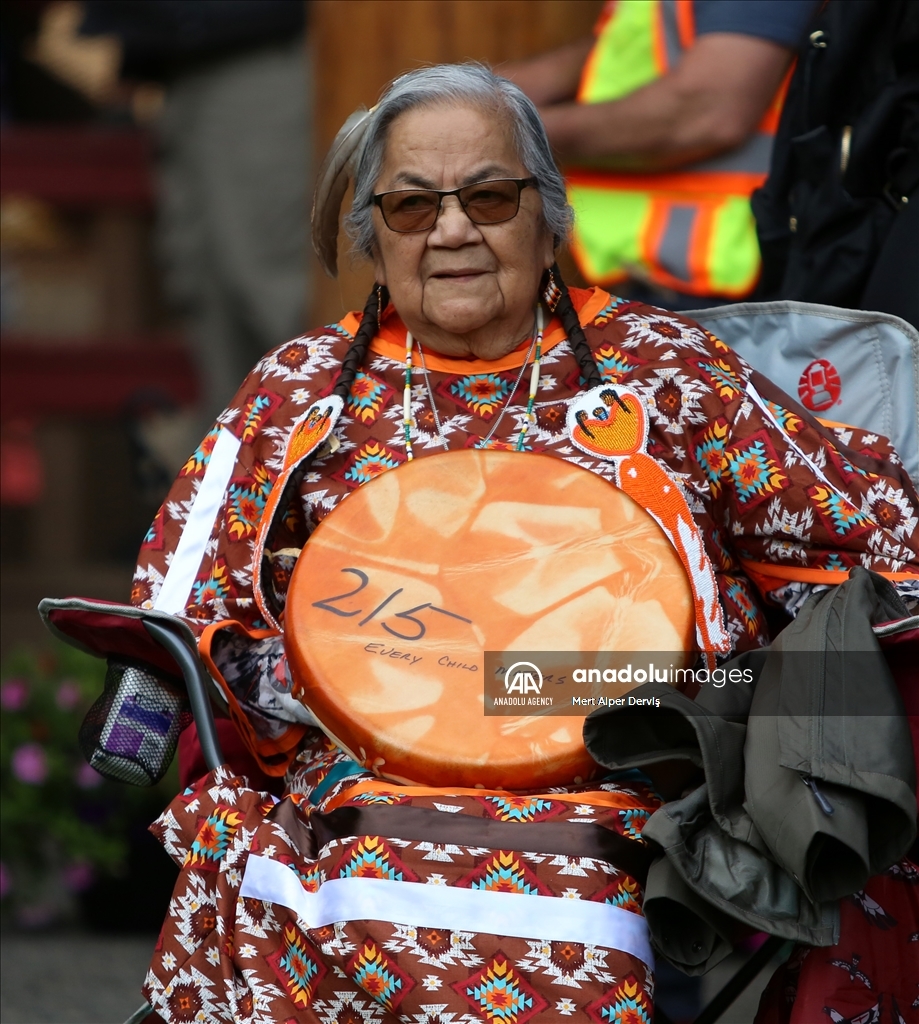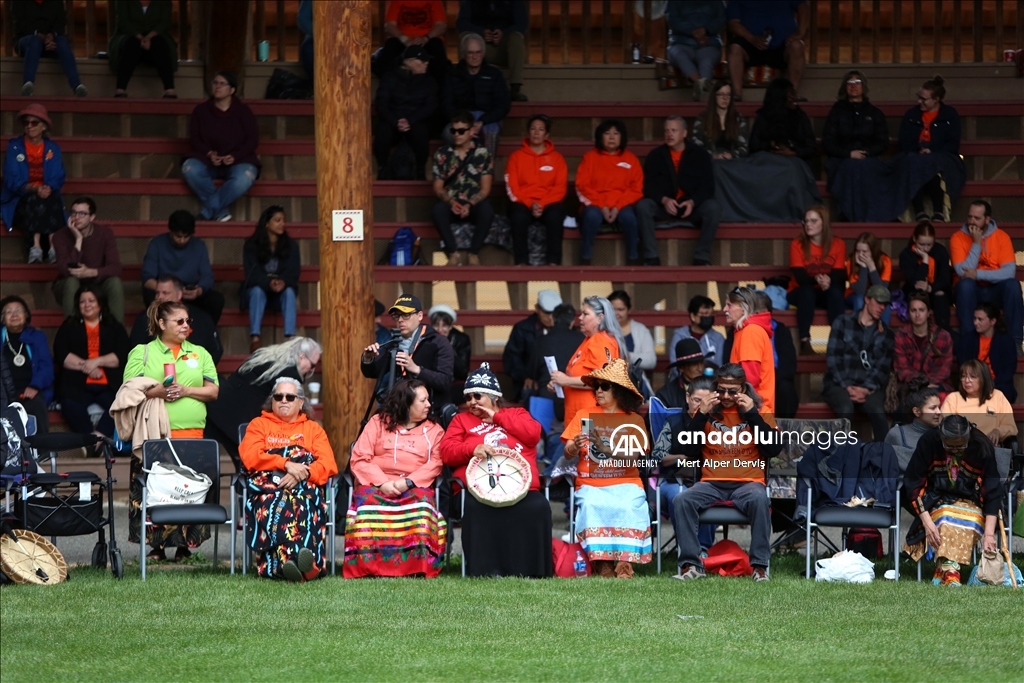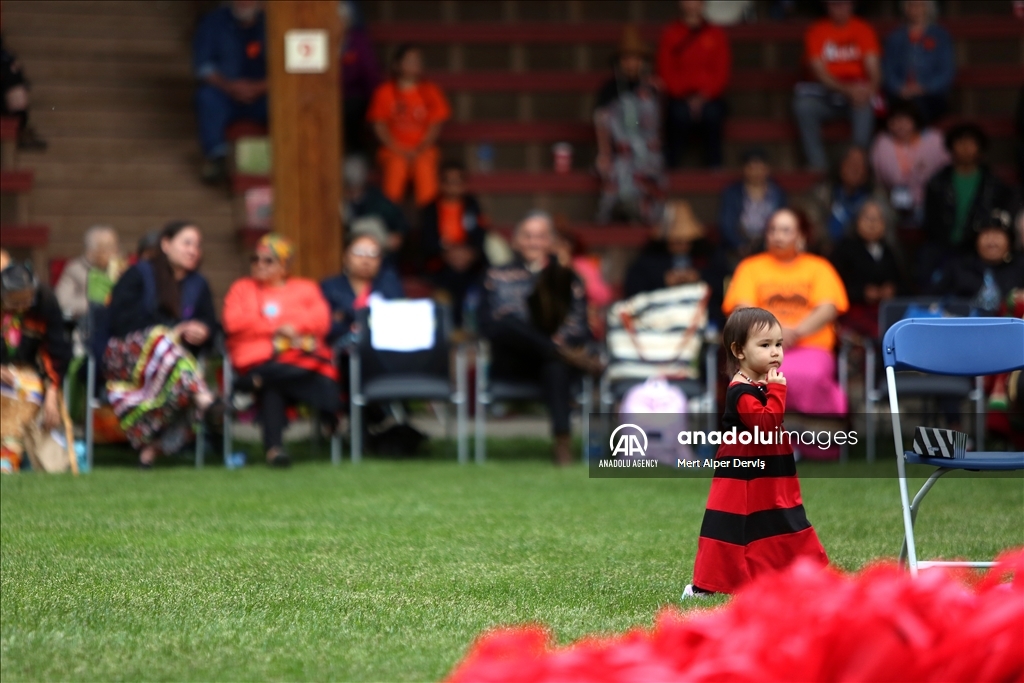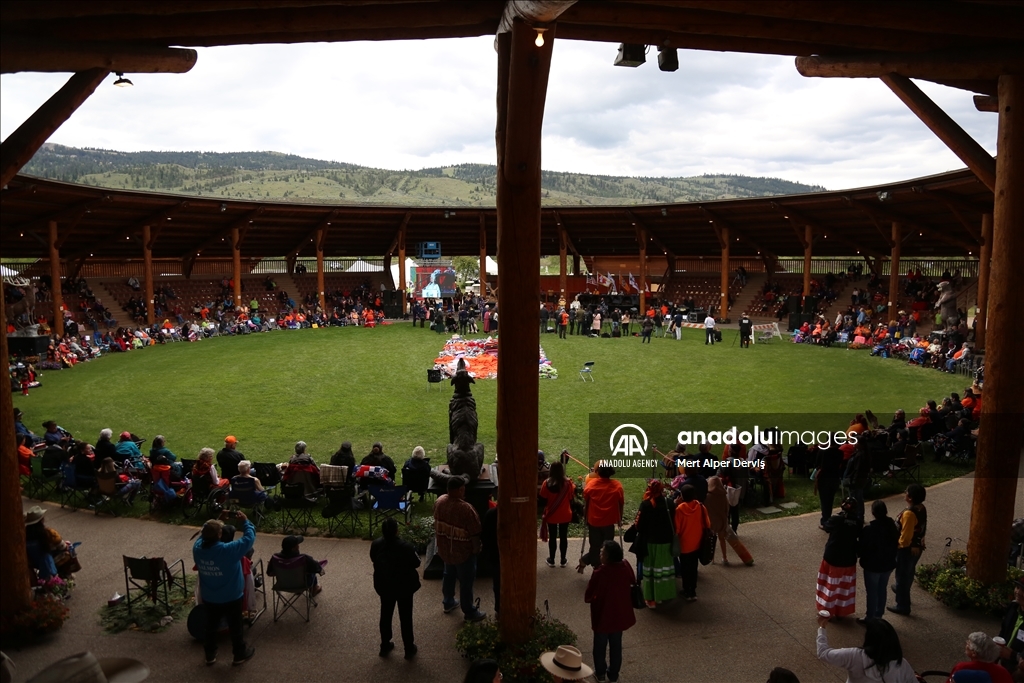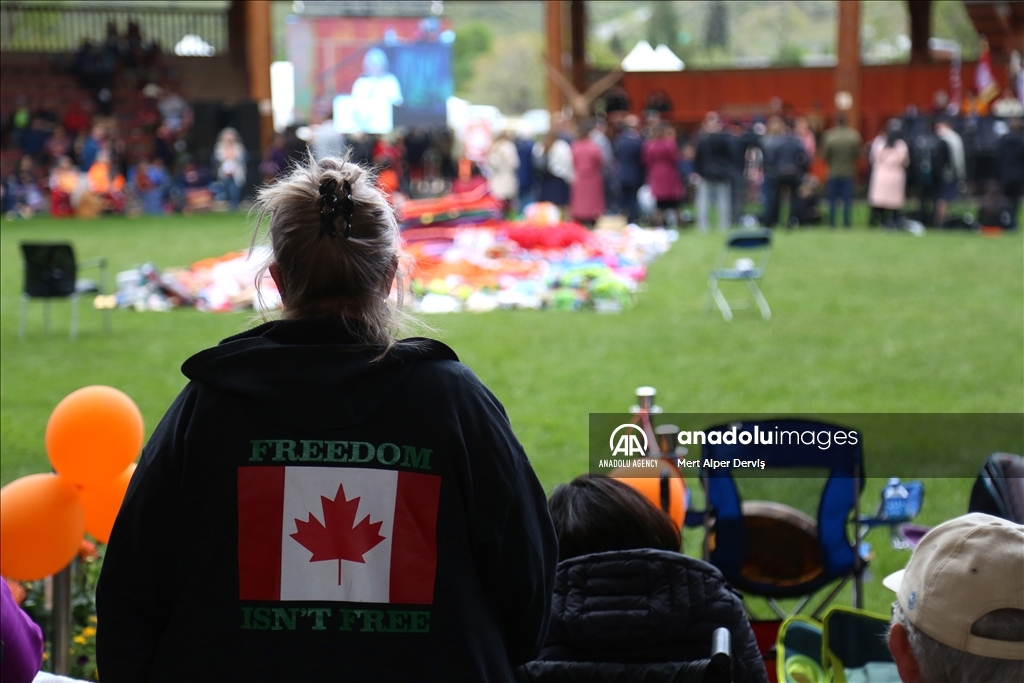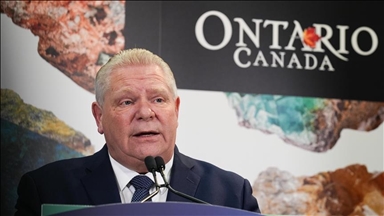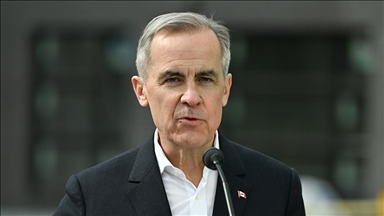Indigenous leaders, Trudeau gather to commemorate unmarked graves
Discovery in British Columbia marked beginning of burial site findings
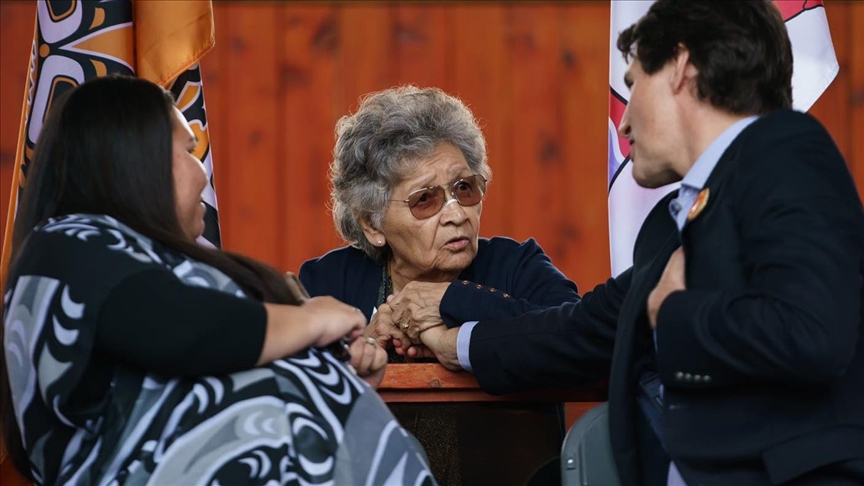 Credit: https://tr-tr.facebook.com/JustinPJTrudeau
Credit: https://tr-tr.facebook.com/JustinPJTrudeau
TERNTON, Canada
Canadian Prime Minister Justin Trudeau, Governor General Mary Simon and Indigenous leaders and peoples gathered Monday to commemorate the first anniversary of the finding of unmarked graves at a former Indian Residential School site.
While most of the hundreds in attendance were friendly as Trudeau made his way through the crowd in the late evening, there were also chants of "Canada is all Indian land," inferring that the White Europeans who arrived a few centuries ago stole the land from Indigenous peoples.
The 139 residential schools were created to stamp out Indigenous culture and replace it with white values. But the stories of what happened at the schools are nothing short of horrifying, as exemplified at the Kamloops school in British Columbia.
In late May of 2021, 215 graves were located by the Tk̓emlúps te Secwepemc First Nation at the site. Rumors of unmarked graves were spread in Indigenous communities for decades, but the Kamloops graves were the first to be found using ground penetrating radar.
"What scientific investigation confirmed were the truths about our survivors and what they've always known," Tk̓emlúps te Secwépemc Kukpi7 (Chief) Rosanne Casimir said at the ceremony.
"Too many children did not make it home."
Simon, Queen Elizabeth's representative in Canada, told those assembled that the country carries a collective guilt for the treatment of the children and their families.
"It’s inexcusable that people could commit these atrocities or that people could stand silent as they were committed,“ she said. Simon, an Inuit, is the first Indigenous person to hold the governor general's office.
More unmarked graves were found at other residential school sites. The first school opened in the 1820s and about 150,000 mostly children from the three Indigenous groups -- the First Nations, Inuit and Metis communities -- were forced into attendance. Many were forced to board for years at the schools far away from their families. The last school closed in the 1990s.
About 4,100 died from sexual, mental and physical abuse, disease and malnutrition, according to the Truth and Reconciliation Commission, set up in part to hear stories from the families of lost children and residential school survivors.
The commission said that some children just disappeared and never returned home, a fact that the ground penetrating radar proved. Children were sometimes buried at the school sites in unmarked graves, or the wooden crosses used to mark burial spots deteriorated and were lost over time.
The Kamloops Indian Residential School -- it operated in the charge of the Catholic Church from 1890 to 1969 -- marked the first discovery of the graves but not the last as nearly 1,300 unmarked graves have been located at schools with the use of radar technology and more are expected to be located.
Monday's commemoration began with a sunrise service on Tk̓emlúps territory. Survivors and families who lost children spoke and prayers and ceremonial dances were held during the day.
Trudeau met with Indigenous leaders and Indigenous peoples in attendance after the ceremony was brought to a close.
Anadolu Agency website contains only a portion of the news stories offered to subscribers in the AA News Broadcasting System (HAS), and in summarized form. Please contact us for subscription options.


